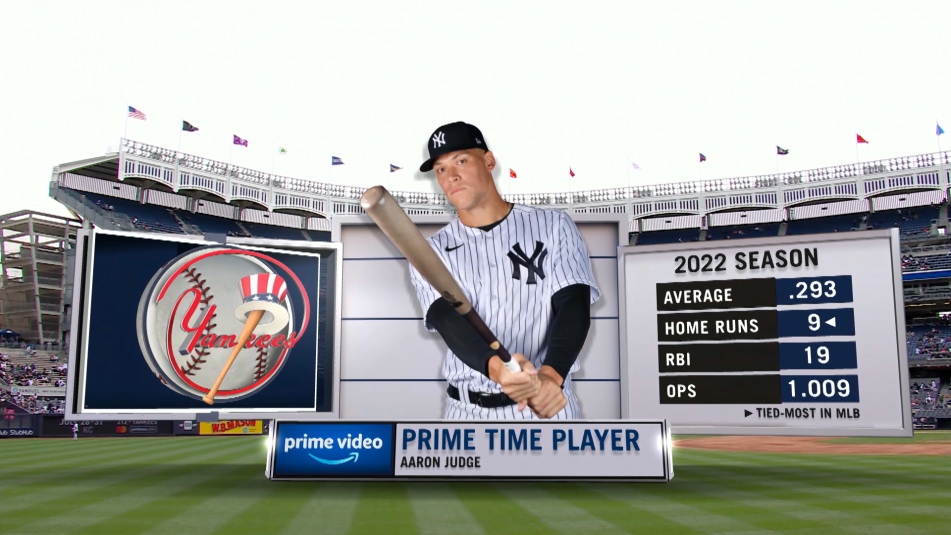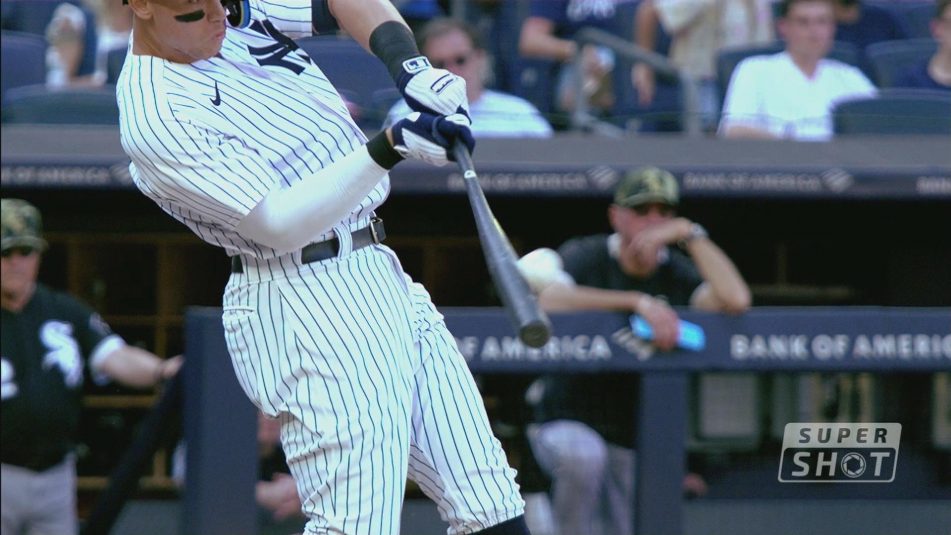YES Network Enhances 1080p Yankees Coverage With Phantom Slo-Mo, Augmented Reality
Amazon Prime deal powers enhancements that make a difference for talent and viewers
Story Highlights
The YES Network is enjoying some solid play from the New York Yankees, but it is also enjoying some production enhancements resulting from a deal with Amazon Prime, which this year is streaming 21 Yankees games, including 19 on Friday nights.
“This is a real credit to Amazon because Amazon really wanted to drive their productions in a unique way this year,” says Jared Boshnack, VP, production, YES Network. “They challenged us and said, ‘Look, we know you put on one of the best productions and that is a separator. But what can be the differentiator?’”
Efforts to differentiate began with enhancements to Game Creek Video Yogi truck.
“Yogi’s still a high-end truck in the fleet, even after a few years,” says Mike Webb, VP, broadcast operations and engineering, YES Network. “But Game Creek went ahead with an investment to upgrade all the cameras on the truck to the new Sony HDC-5500, and we upgraded the EVS network to XT-VIAs. And then Fletcher upgraded our robos, two of which are also super-slo-mo. We’re now able to do a full 1080p show, which can be seen on Amazon Prime. And, while I haven’t compared 1080p to 720p side-by-side, I watched it the other night on a Roku on my big TV and noticed the difference.”
YES has increased its use of RF handheld cameras and also expanded deployment of Phantom high-speed cameras. According to Boshnack, that has already made a difference, and not just for viewers.
“Our talent gets a lot out of [the Phantom camera],” he says. “They’re seeing images now that are so much more descriptive and can show things that we weren’t able to truly appreciate before. It’s not just a player sliding but also the ability to see the torque that goes into throwing a 99-mph fastball. The way the camera slows everything down in such crystal-clear images is a game-changer and makes our broadcast feel really big. I can see it being used more and more on bigger shows, but, for now, it has to be used judiciously and in the right way.”
Using those cameras in the right way depends on three things: the camera operator’s skills, the proper location for the camera, and an EVS operator who can quickly build the right clips. Because the camera is used for replays and not live coverage, Boshnack says, the best spots for positioning the camera are low first or third.
“It depends on if you have a right or a lefty pitcher on the mound or how the lineup is loaded,” he adds. “We’ve learned that not only do you have to have the technology but you also need an excellent camera operator and someone who’s really adept on the EVS in the truck to turn these images around. A lot of it is about understanding the game to be in the right place at the right time and get shots that have a depth.”
The graphics side has also been enhanced. Created by third-party graphics house Girraphic, and supported by their technology partner Vizrt, augmented reality is bringing a new level of information to viewers at home.
“[AR graphics] bring depth and value to the broadcast,” says Boshnack. “We can do a nice wide shot and have the graphic seemingly come up from the middle of the field, and it looks magnificent and makes the broadcast bigger. We had the Girraphic team work with Game Creek Video EIC Gavin Hornick and with Rick Deutschman, who heads up our graphics group and is director of our design group, to make sure it was launched successfully.”
As with the Phantom cameras, the team is experimenting with different locations for the dedicated camera head and lens that powers the AR graphics.
“We had it on a low camera the first couple of games,” he notes, “and we had it at tight center yesterday. We’re trying to figure out the best angle for introducing these graphics, but they are really, really cool.”
As for the future, Webb says HDR is in the roadmap but some issues are still to be worked out, including the ability to have an HDR-capable truck available for both home and away games.
“When we started digging in for this year,” he explains, “handling media from an HDR truck to an SDR truck and back and forth still seems to be a little much, especially for the production team. But we still wanted to get to an internal 1080p workflow.”


